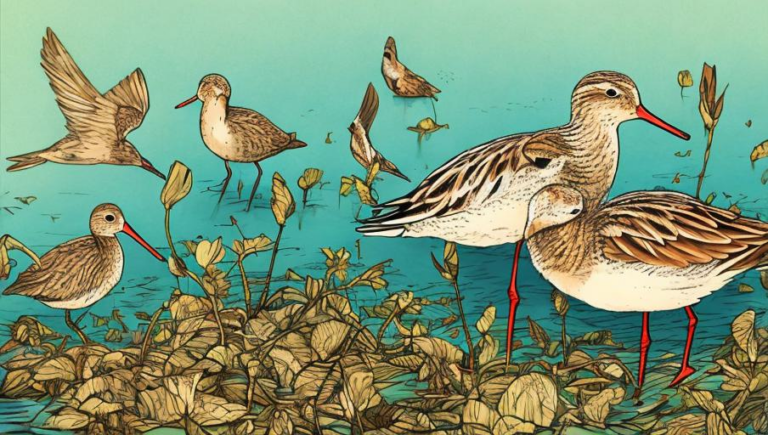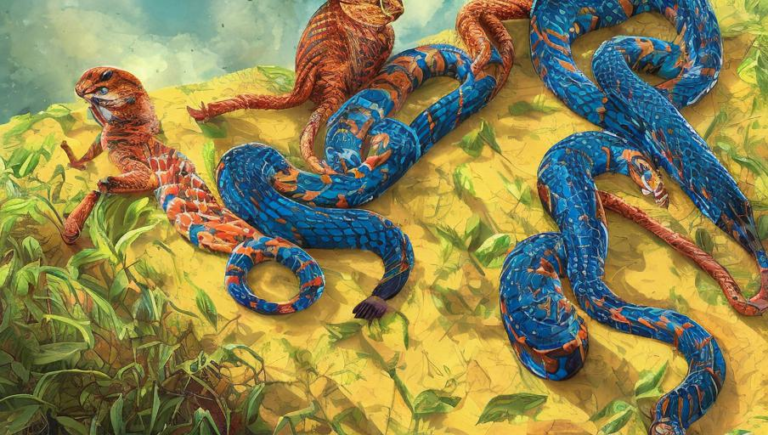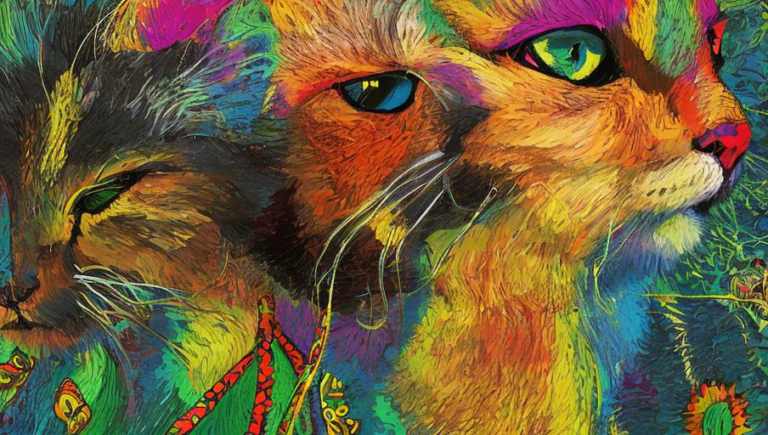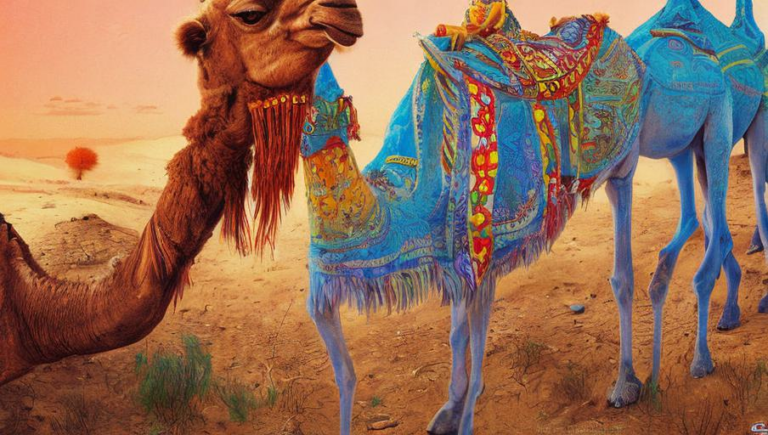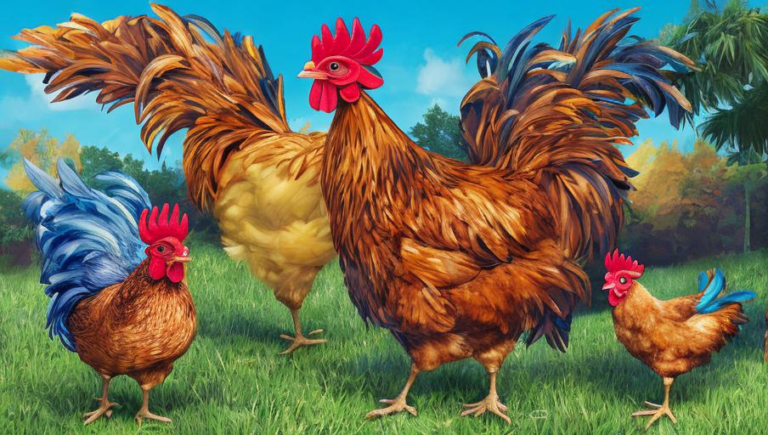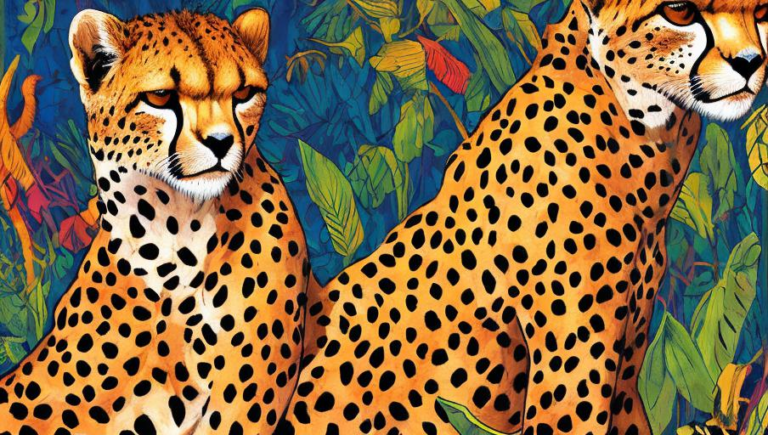It’s Duck Season! An In-Depth Look at Duck Migrations
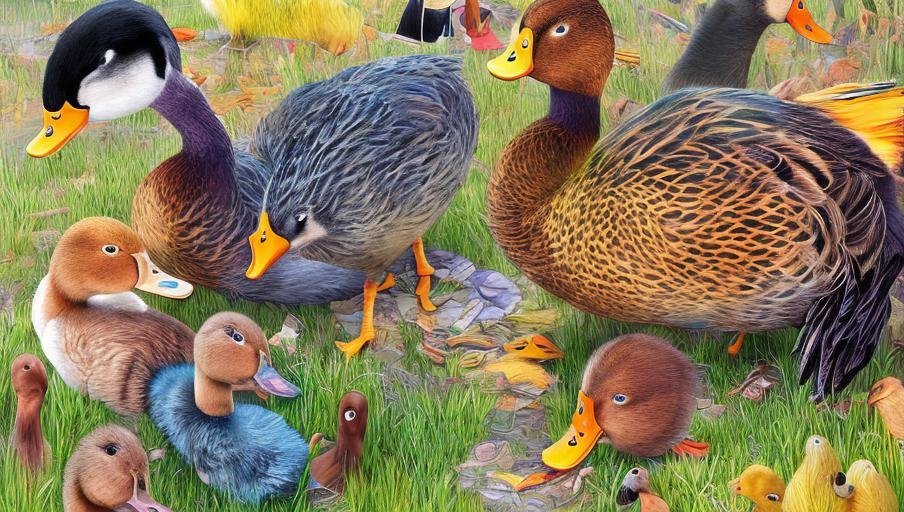
Migration Patterns of Ducks
Ducks are migratory species, meaning they travel across vast distances in order to find suitable places to live and feed. Generally, they migrate in flocks, usually comprised of several hundred individuals. Ducks are capable of flying up to 25 miles per hour, and can cover up to 1,000 miles per day with an average speed of 10-15 miles per hour.
The migratory paths of ducks varies between species. Some, like the mallard, migrate south for the winter and return north for breeding season. Others, such as the canvasback and redhead, stay in North America throughout the year. Some ducks, like the pintail, move between North and South America. Some ducks, like the northern pintail, follow the same route year after year, while others, such as the gadwall, take different routes from year to year.
Why Do Ducks Migrate?
The primary reason ducks migrate is to find more suitable habitats. As temperatures drop, they seek out warmer climates where they can survive. Additionally, they migrate to find food sources. Ducks are omnivores, meaning they eat both plants and animals. They consume insects, fish, crustaceans, seeds, and other aquatic vegetation. During the winter, they may need to travel farther to find food.
Migration is also a way for ducks to escape predators. By traveling to places where predators are less common, they can avoid being hunted. Additionally, ducks migrate to find suitable nesting grounds. During breeding season, they need to find a safe place to build their nest and lay their eggs.
The Challenges of Migration
Migration can be a dangerous journey for ducks. They face a variety of obstacles, including bad weather, predators, and human interference. Predators such as hawks, eagles, and owls can easily take out a small flock of ducks. Additionally, ducks can be shot by hunters, or run into buildings or power lines during their flight. Finally, human activities such as farming, logging, and urbanization can disrupt habitats and make migration more difficult.
What Can We Do to Help?
There are a variety of ways that people can help ducks during their migratory journeys. The first is to create and maintain habitats that are suitable for ducks. Wetlands and other bodies of water provide necessary shelter and food sources for ducks. People can also help by avoiding activities such as hunting and fishing during migration season. Finally, people can help by participating in conservation efforts, such as habitat restoration and protection.
The migratory journey of ducks is an incredible spectacle that people should strive to protect. By understanding the reasons why ducks migrate and taking steps to protect them, we can ensure that they can continue to travel safely and find the resources they need.
